Visit Shiga Kogen in summer
August 11, 2020 / Shiga Kogen
Photographer / Reiko Hagihara
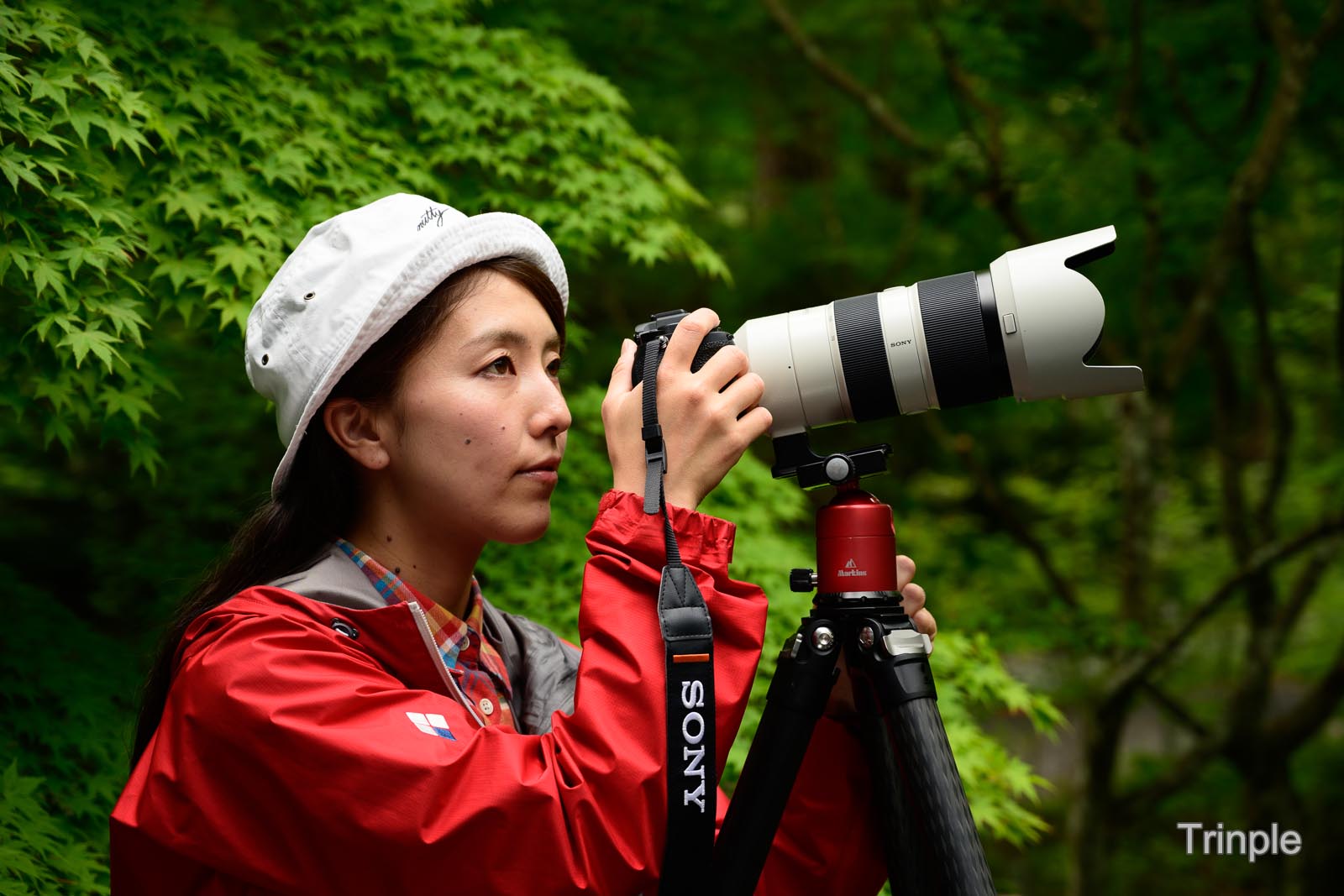
My Markins history is with Shiga Kogen. I got it as my partner when I started living in Shiga Kogen about three and a half years ago, and together we have weathered rainy days, windy days, extremely cold days of minus 20 degrees, and other harsh conditions. I take it everywhere, going into the bushes, climbing rocks, and I'm ashamed to say that it's covered in scratches. However, the years of shooting together have built a deep relationship of trust, and the sturdy head of the Q10i-RD is still in great use without needing an overhaul.
"High-quality things create high-quality spirit and works." That is my feeling about Markins. Not only is it easy to use, but the attention to detail and high design quality enhance my enthusiasm for shooting. When I go out shooting with Markins, I feel proud and stand tall. I would like those who think, "I'm a beginner, so I can't reach it yet," to try it. Using "high-quality things" opens up a new world, and the joy is immeasurable.
Since this situation has come about, it has been a long time since I last shot at Shiga Kogen, which straddles the prefecture. As I climbed the pass, I felt a sense of elation. The familiar faces of the virgin forest that came to mind even when I closed my eyes seemed to be calling out to me, "It's been a long time!" I drove the car while answering in my mind, "I'm back!", and arrived at the first shooting location.
Since this situation has come about, it has been a long time since I last shot at Shiga Kogen, which straddles the prefecture. As I climbed the pass, I felt a sense of elation. The familiar faces of the virgin forest that came to mind even when I closed my eyes seemed to be calling out to me, "It's been a long time!" I drove the car while answering in my mind, "I'm back!", and arrived at the first shooting location.
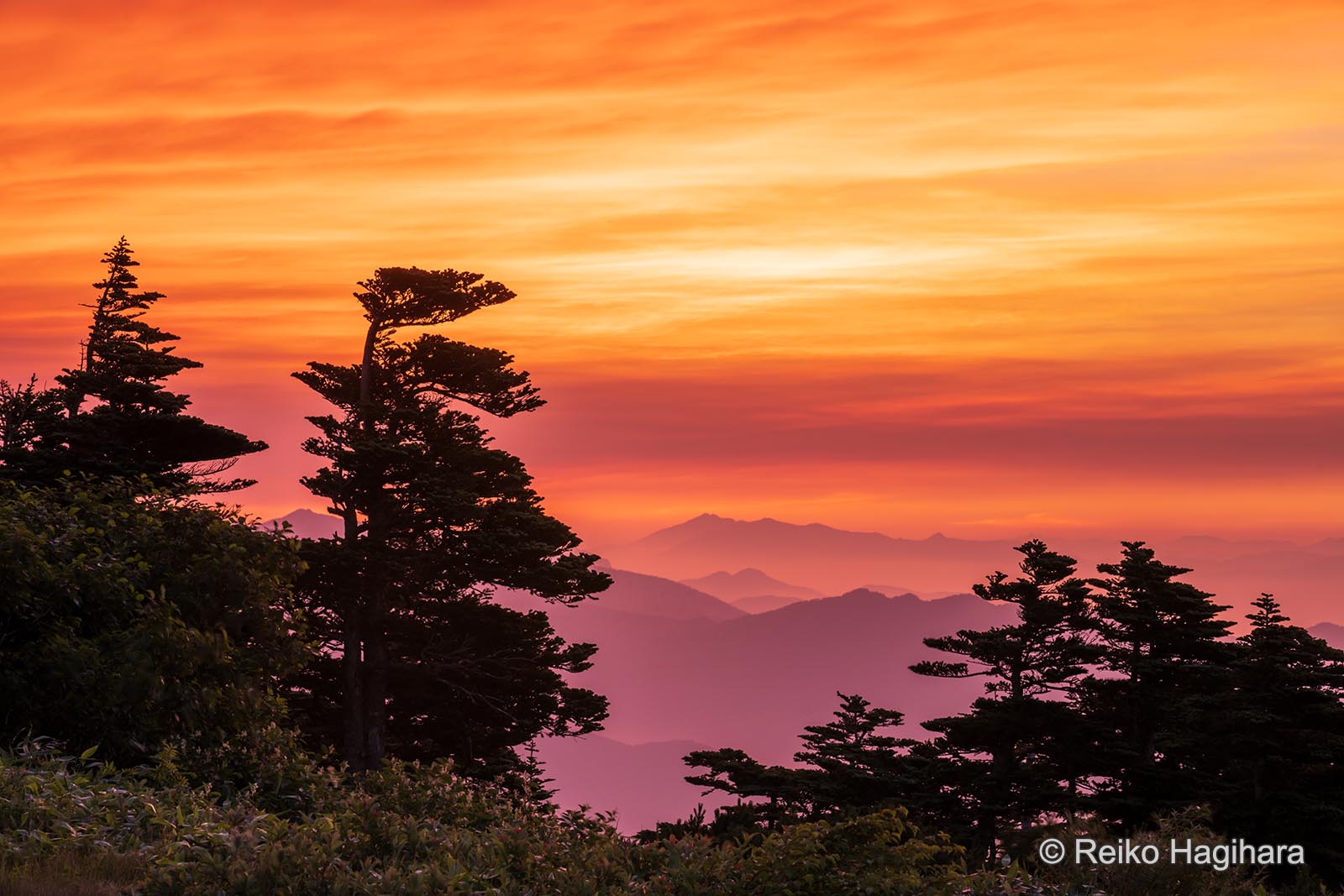
α7RⅣ / SEL70200GM / F11 1/3 s ISO200 +0.3EV
The sky was burning red, as if to congratulate me on my return home after a long time. The lens was decided. "Don't miss the shot." The short time from stopping to the first shot was also a benefit of the Markins ball head Q10i-RD and dovetail-style plate. Speed is of the essence during the crucial time of the morning glow. With one knob, you can quickly change the angle, stop it exactly, and decide on the composition. If you want to tilt it just a little, you can loosen the knob a little and make fine adjustments. The equipment doesn't move suddenly as soon as you loosen it, and it doesn't gradually tilt down due to its own weight. Changing to a vertical position is also very quick with the L-plate attached.
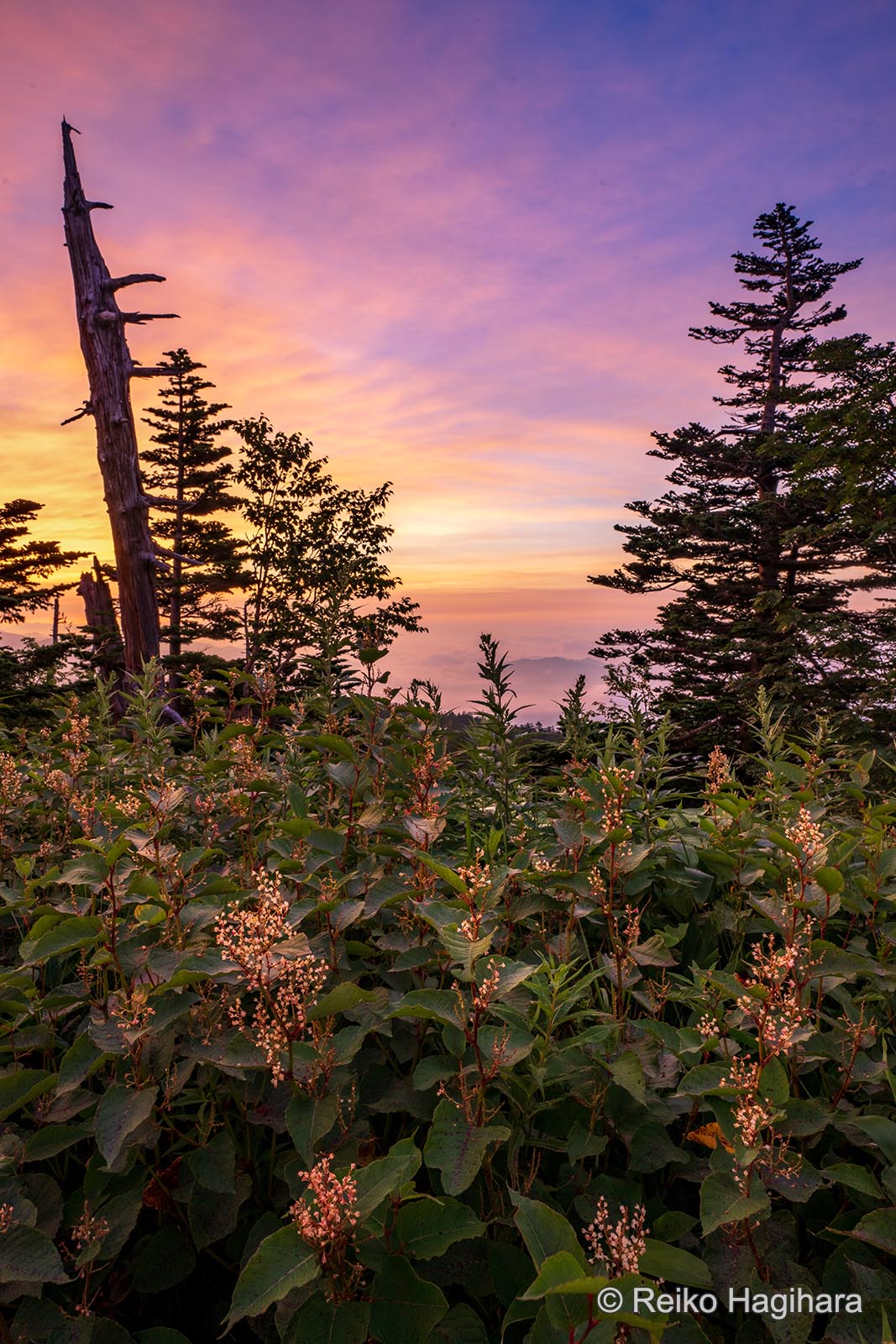
α7RⅣ / SEL1635GM / F16 1/2 s ISO200 -0.7EV
Also, by changing the lens foot of my favorite telephoto lens, the FE 70-200mm F2.8 GM OSS, to the Markins LS-20, the center of gravity has been lowered by about 5mm compared to before. Shaking has been reduced and the sense of stability is amazing. I even feel a sense of respect for the developer who made such a big difference with a single lens foot. The aluminum alloy is hard anodized for high rigidity, yet it is about 14g lighter than the previous foot. Setting it up on the tripod head has become easier, and I get excited every time I change lenses. Having fun is also an important element in creating works of art.

Next I headed to a flower field of alpine plants. Alpine plants blossom after surviving the harsh winter and are overflowing with the joy of celebrating life under the summer sun. Many flowers bloom facing downwards, so I like to photograph their expressions by looking up from below. That's where the Q10i-RD and L-plate come in handy. I set the camera just above the ground to ensure an insect's-eye view angle. There's no stress when photographing small flowers.
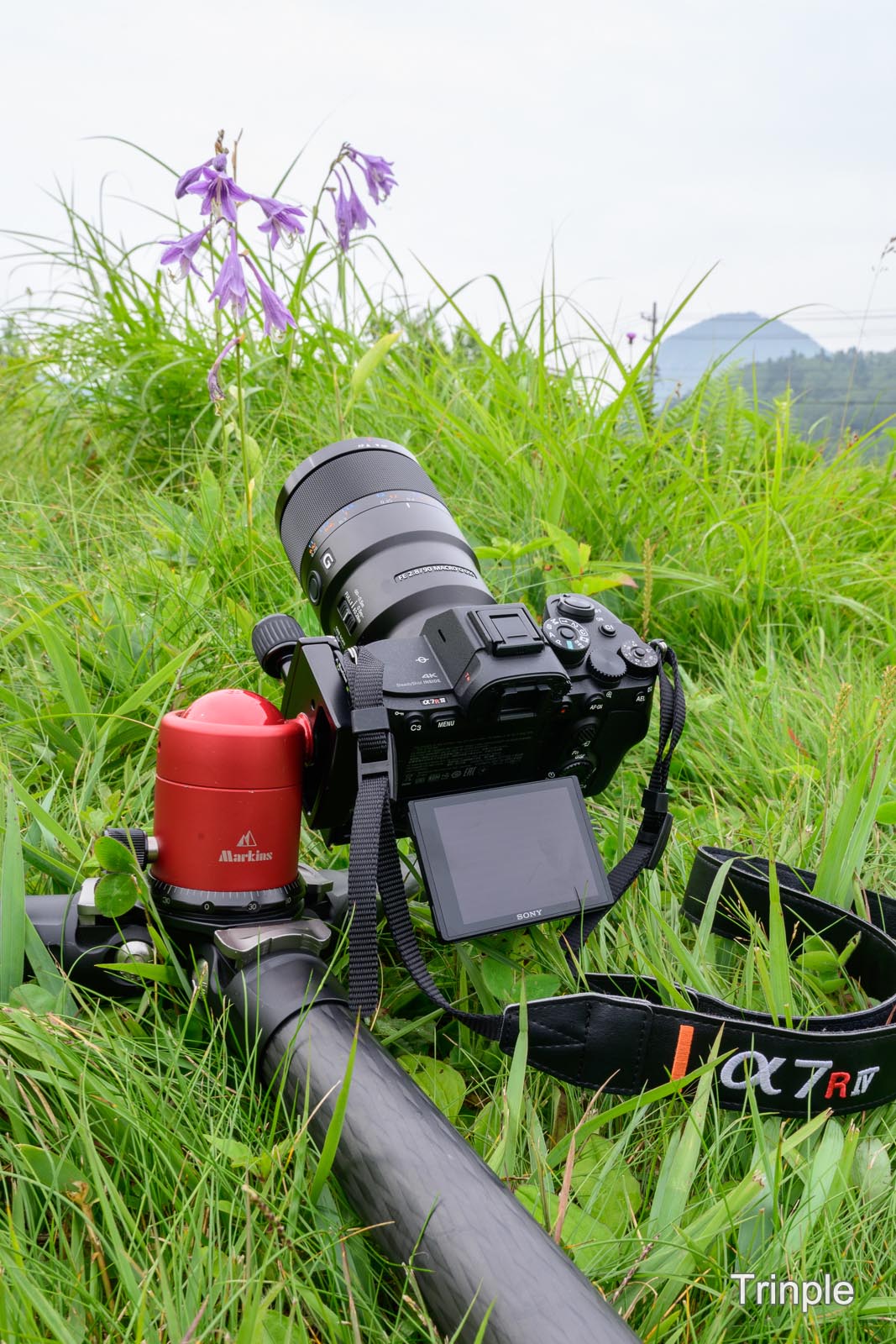
Speaking of "stress-free," I feel this strongly when using the L-plate ( PS-A92+LS-A92 ) for the α7RⅣ. The fit that doesn't scratch the body, the ease of removing the battery, and the special design that doesn't interfere with the strap or release really show the Markins' spirit in their attention to detail. The time when you can forget about the equipment and face the subject without feeling any hassle is a blissful moment.
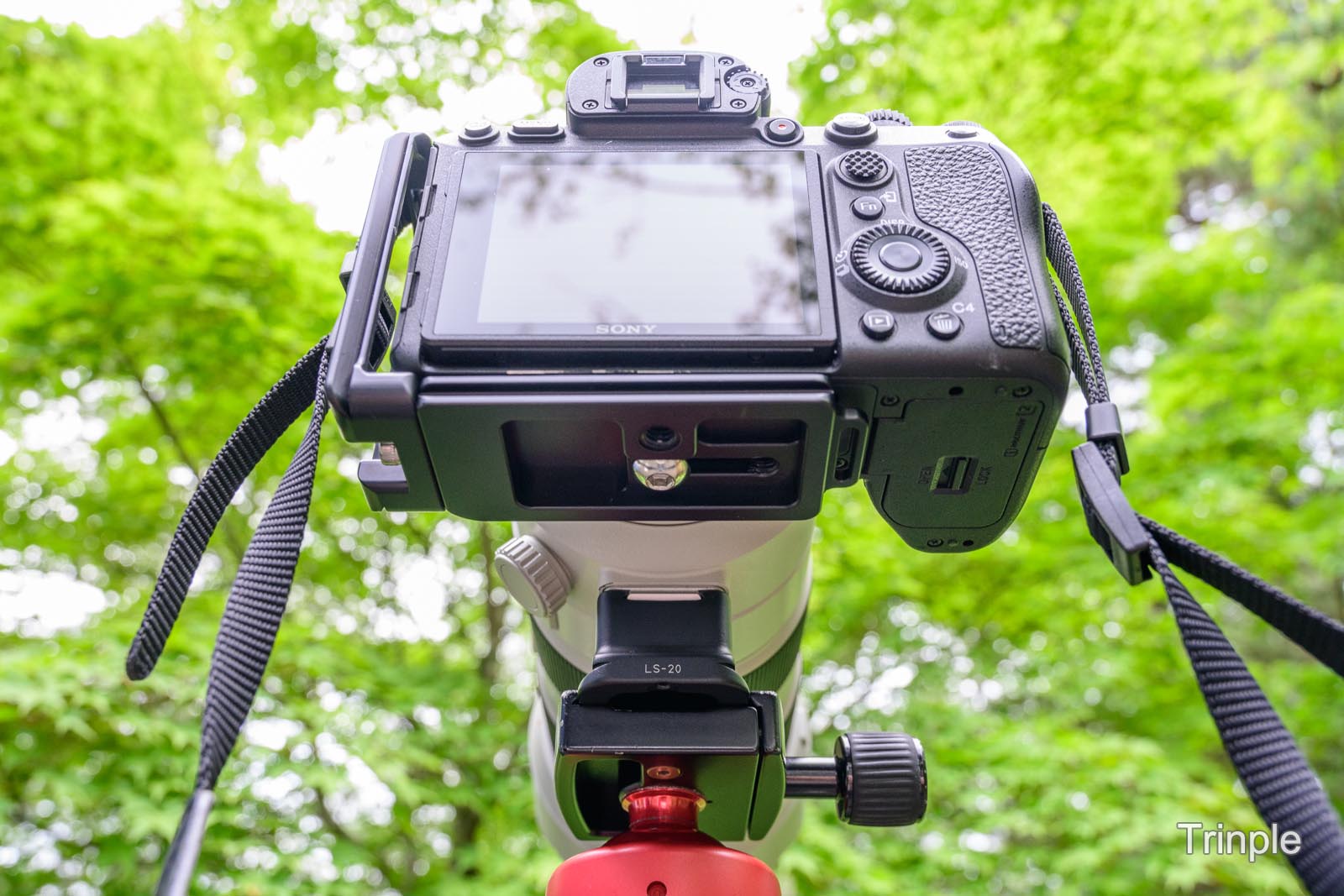
Finally, we headed to Ichino Numa, a famous spot in Shiga Kogen. In order to preserve the environment of the pond, plants such as water hyacinth were wiped out in the fall of the year before last, but the vitality of nature is strong and the leaves are quietly beginning to spread again. I took a photo of the water hyacinth quietly blooming in the middle of the large pond, cheering me on.
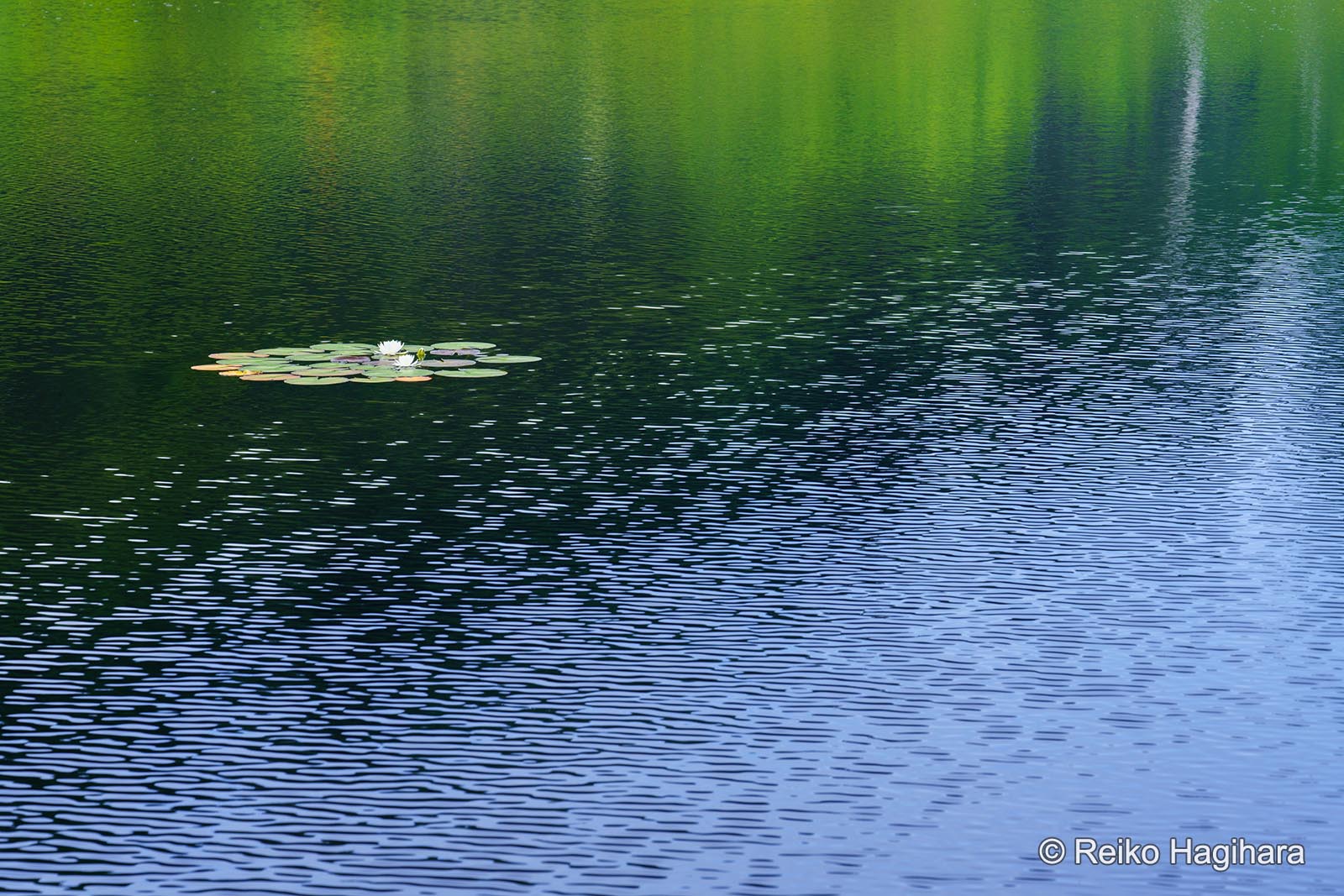
α7RⅣ / SEL70200GM / F11 1/80 s ISO400 -0.7EV
Shiga Kogen shares with me the energy of nature, nurtures me as a photographer and a person, and is a home that welcomes me back. I want to repay the many kindnesses I have received. With this promise in mind, I set off from summer Shiga Kogen with my companions.

Reiko Hagihara
Since his student days, traveled alone abroad with a camera in hand. Fascinated by nature and culture. Favorite places are Shiga Kogen, Tsumagoi, Okinawa, Morocco, the Silk Road, Cuba, etc. Graduated from Kyoto Institute of Technology and the University of Photographic Expression. Later began taking landscape photos in earnest. Embarked on a photography trip across Japan, sleeping in his car. After working and training at Ishi no Yu Lodge in Shiga Kogen, Nagano Prefecture, as part of the "Young Photographer Development Project" for the bimonthly magazine "Landscape Photography," Currently taking photographs with the theme of Heart of Nature.
Facebook: https://www.facebook.com/r.hagihara.t






